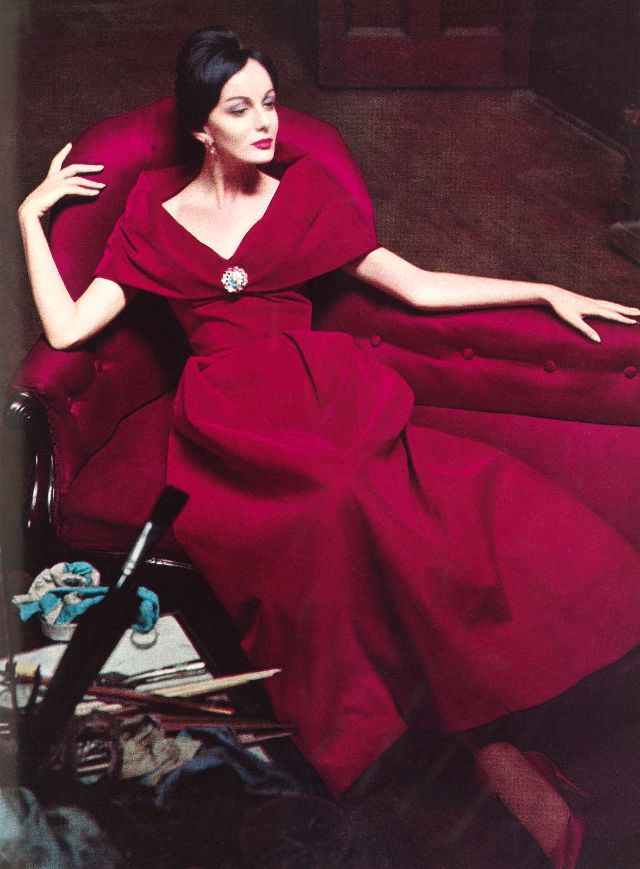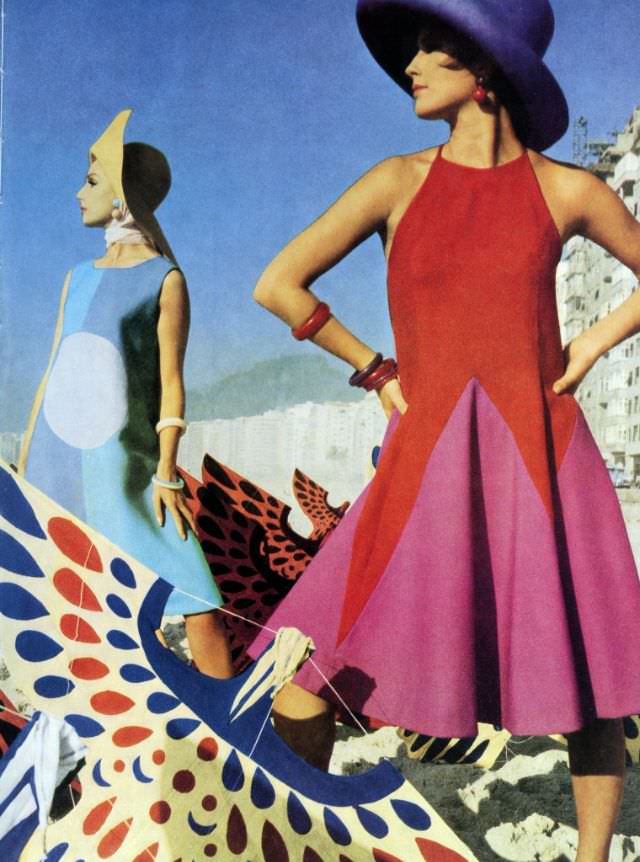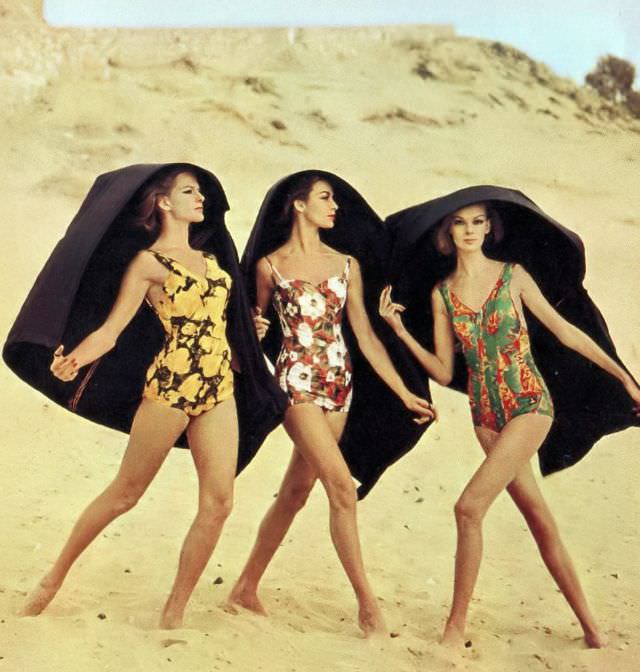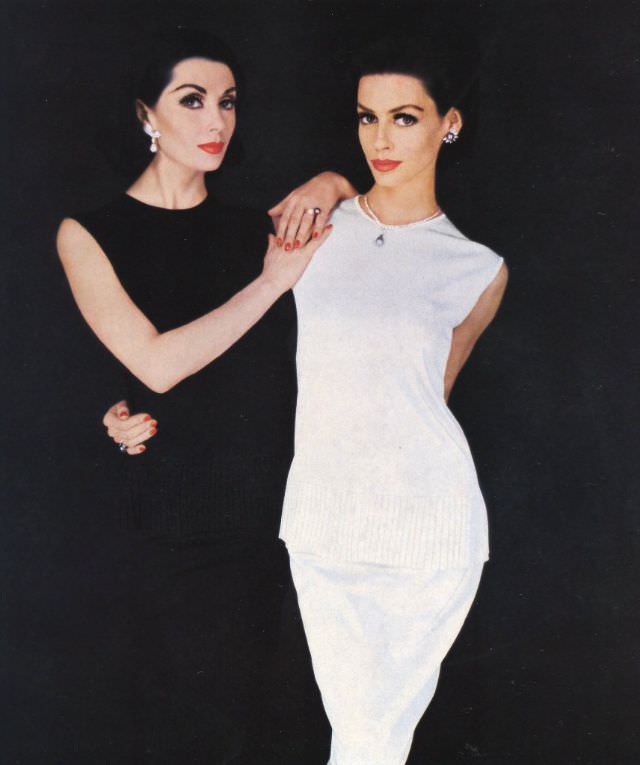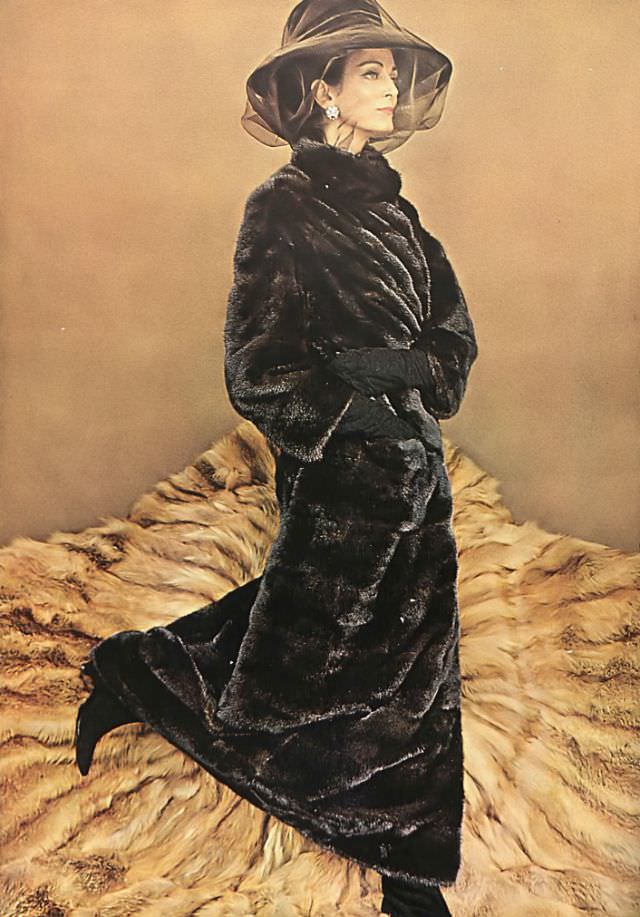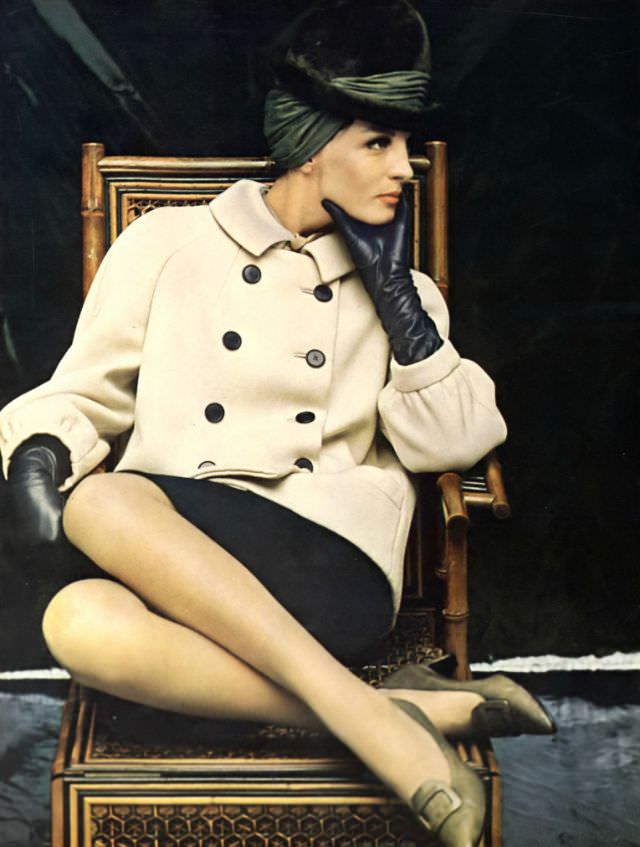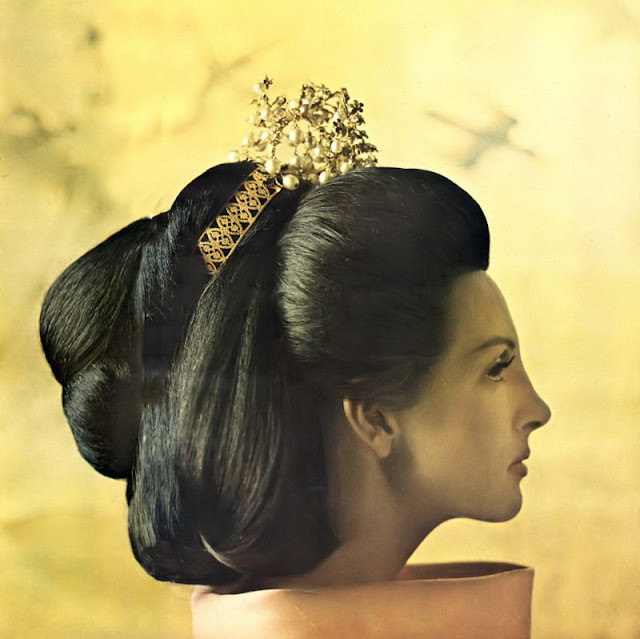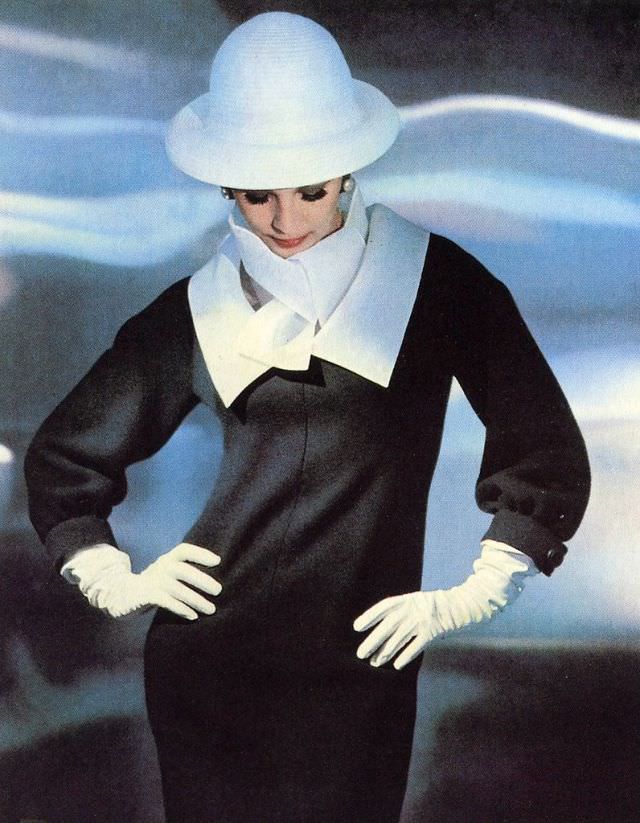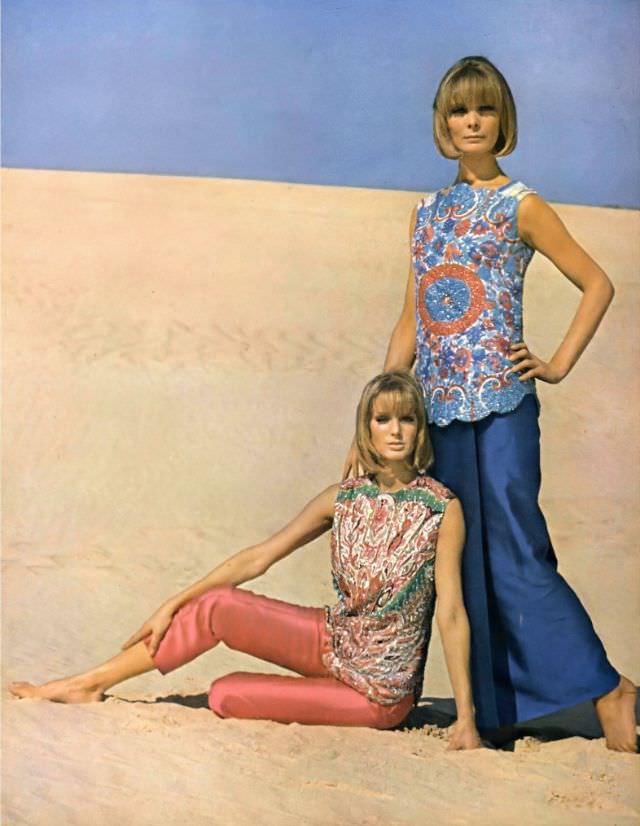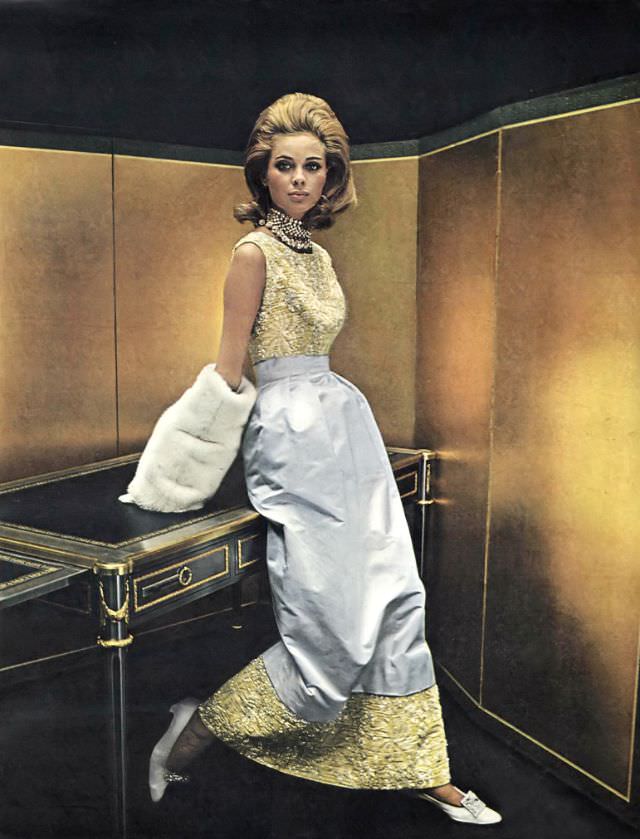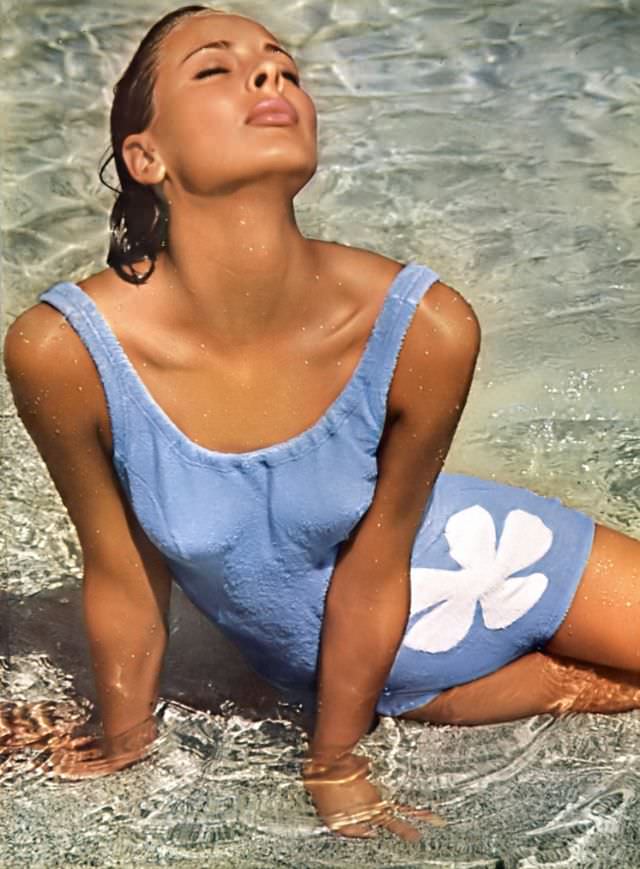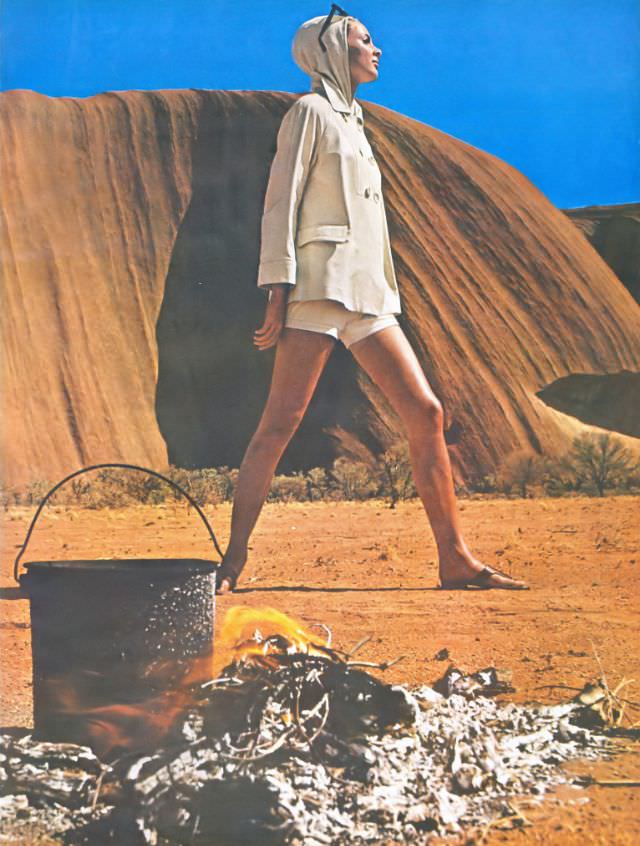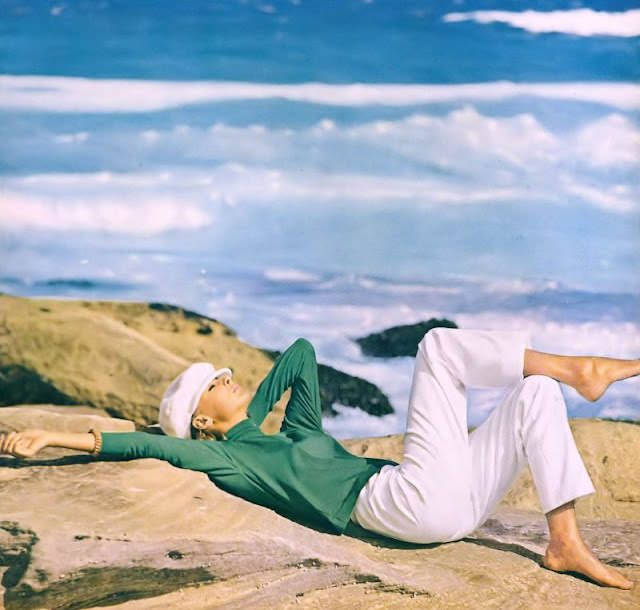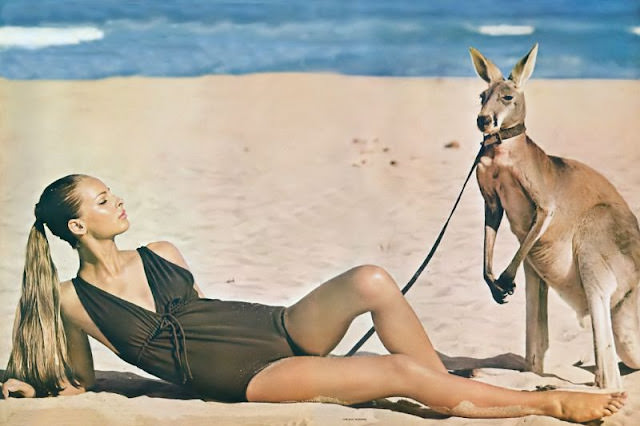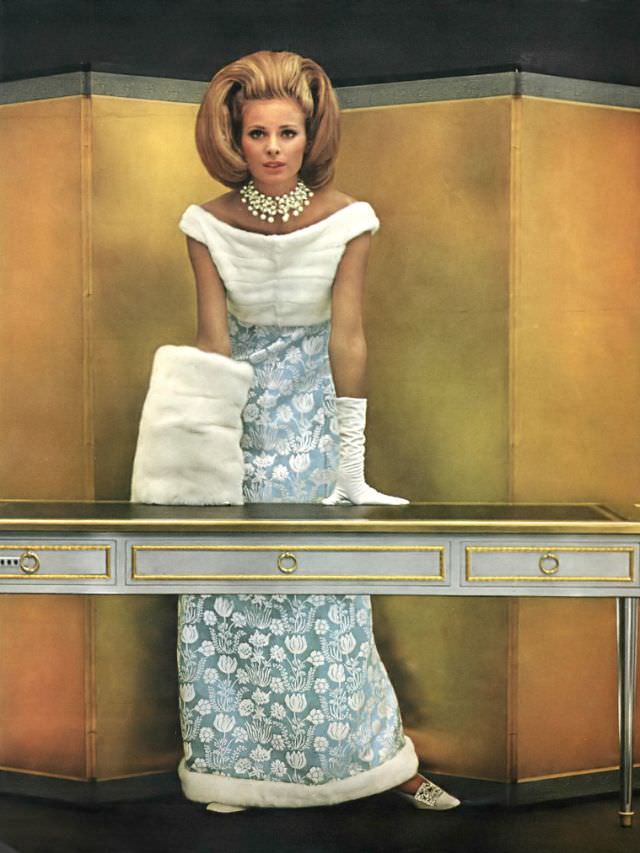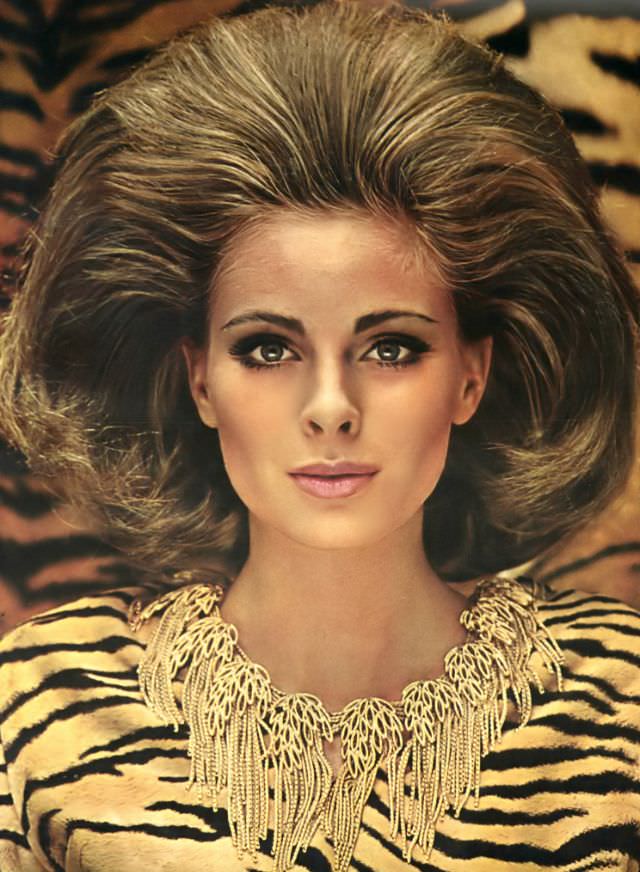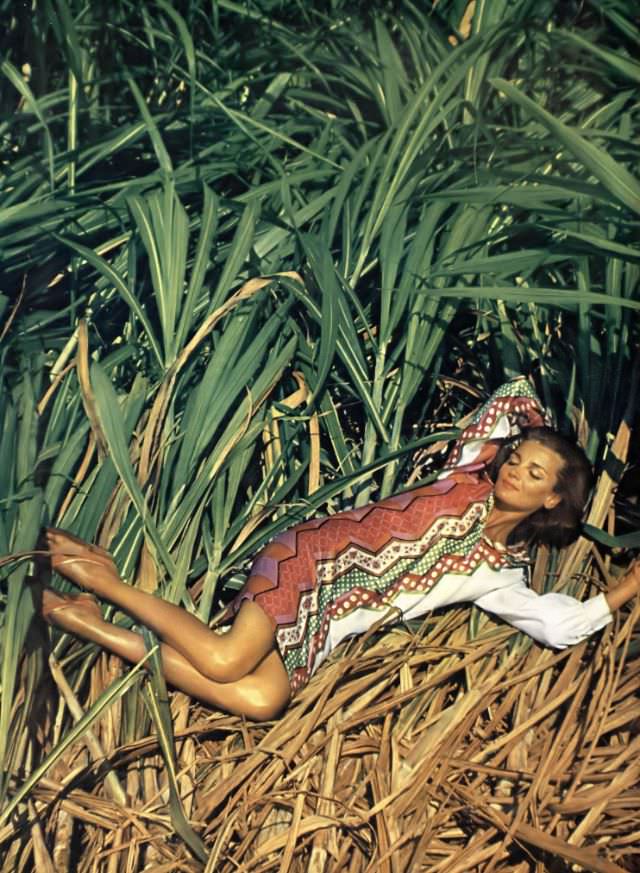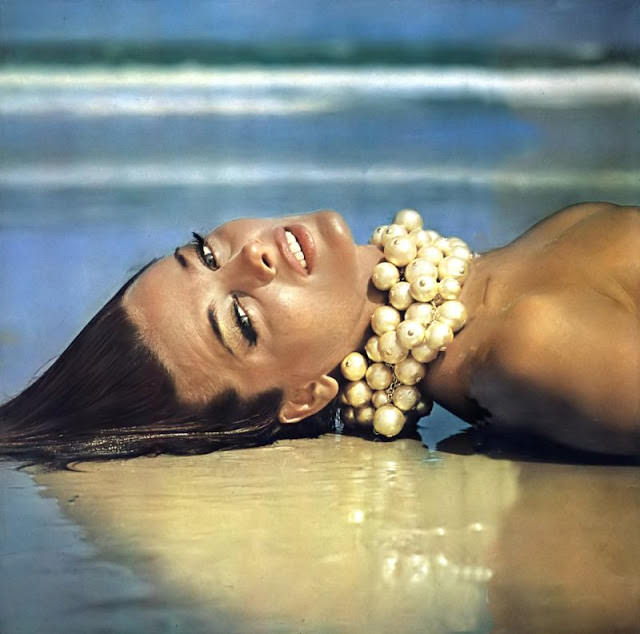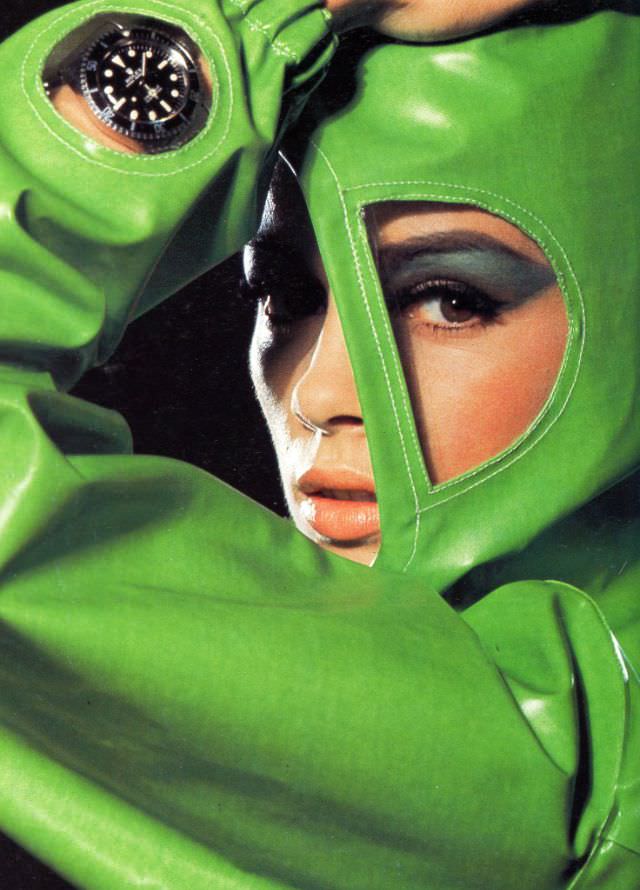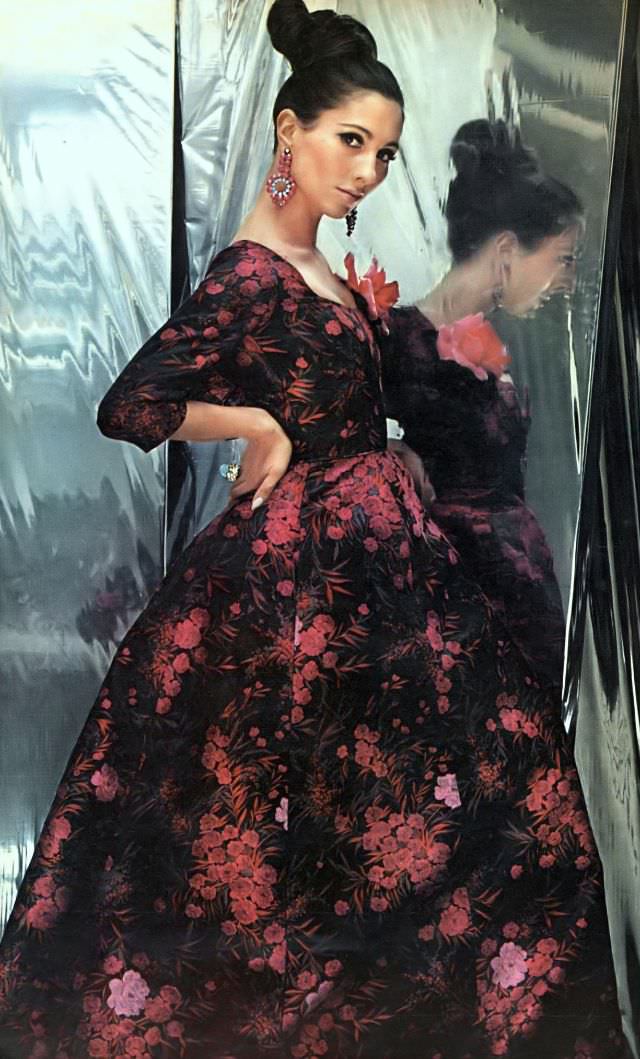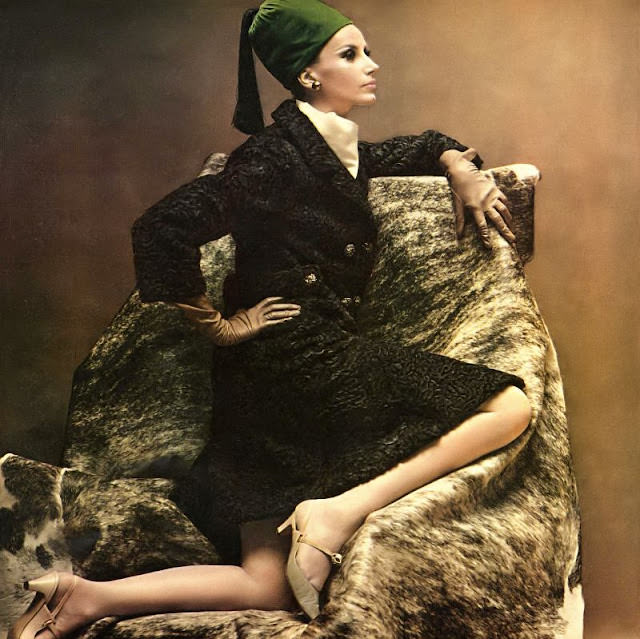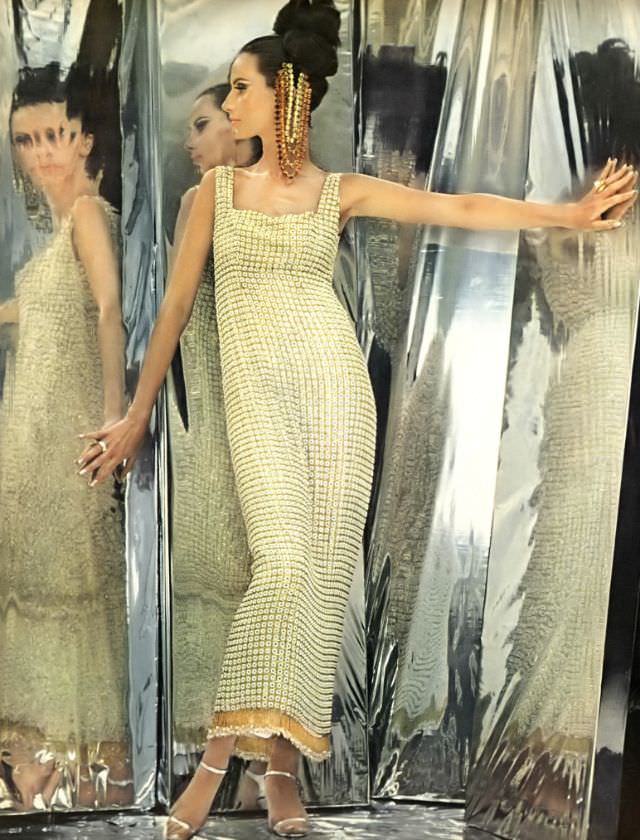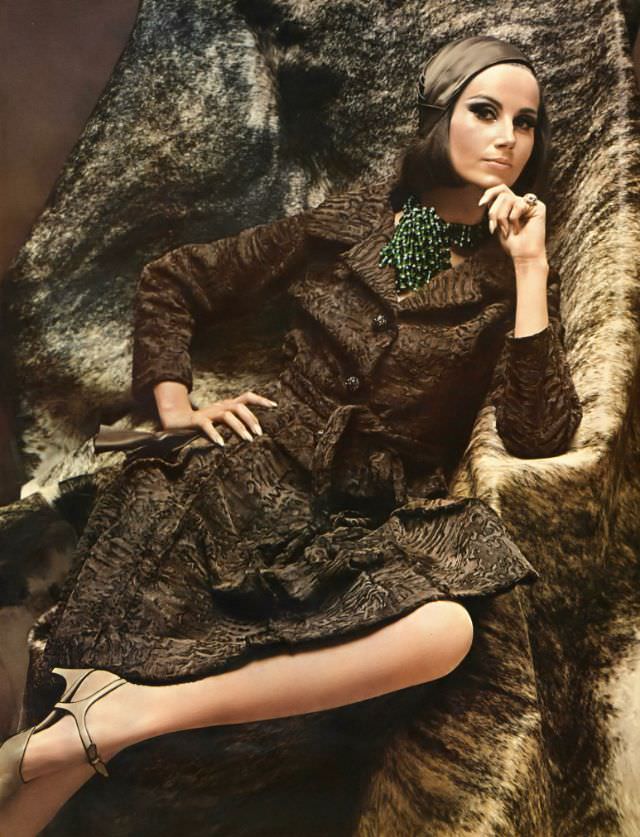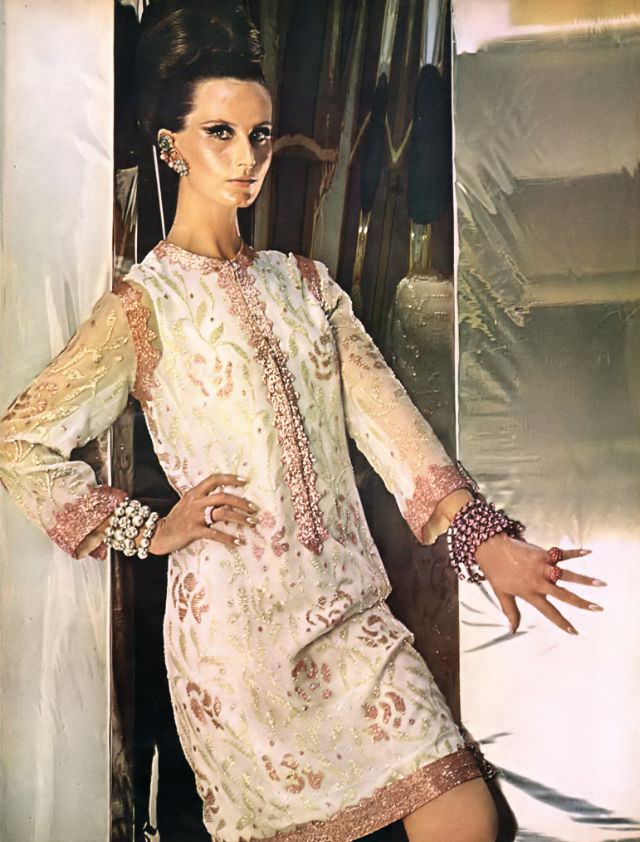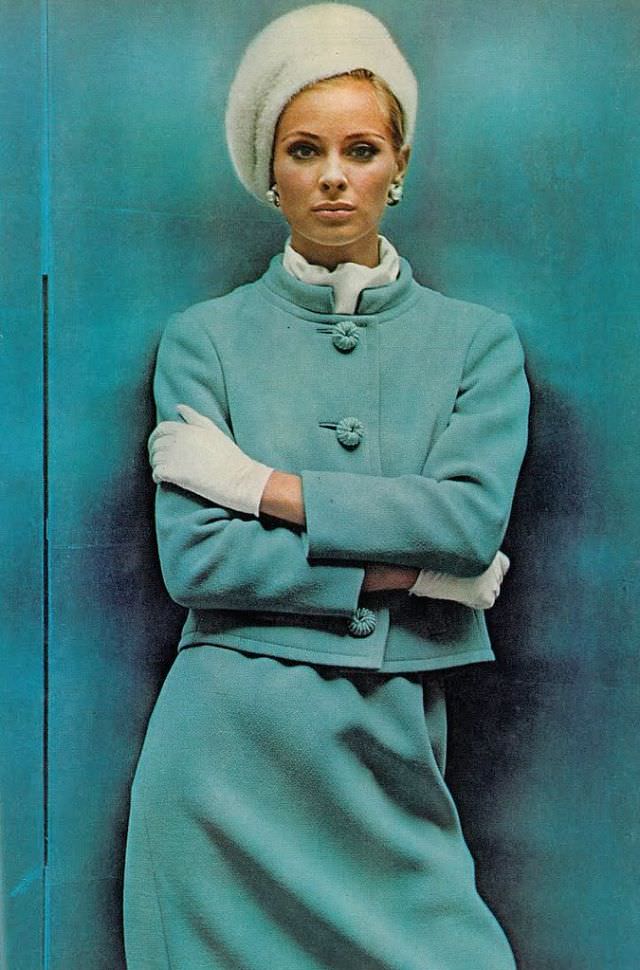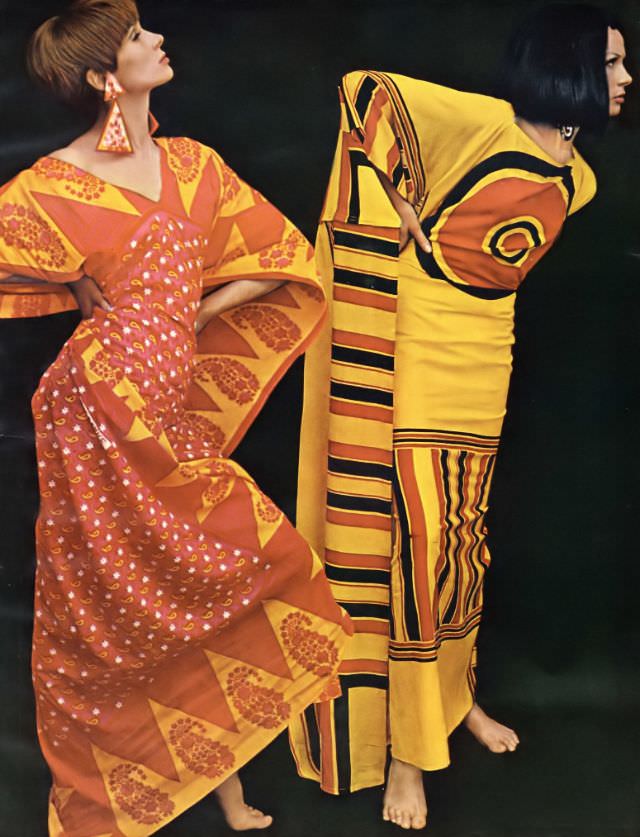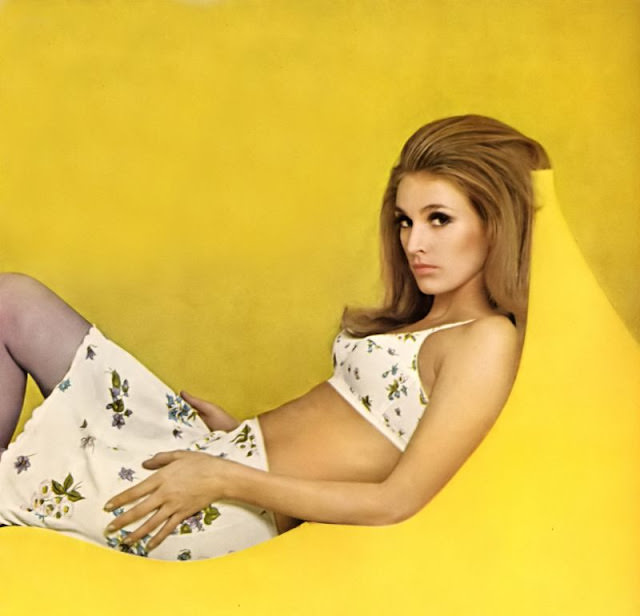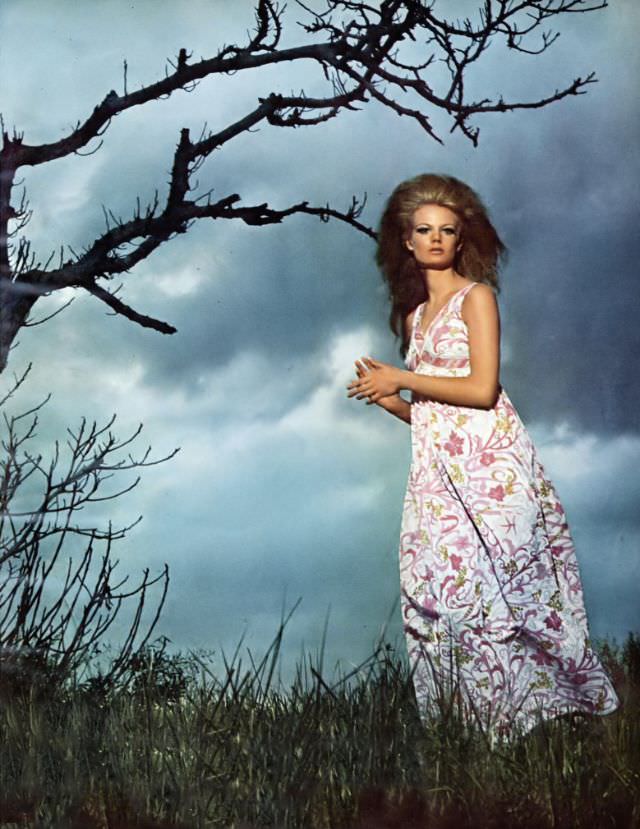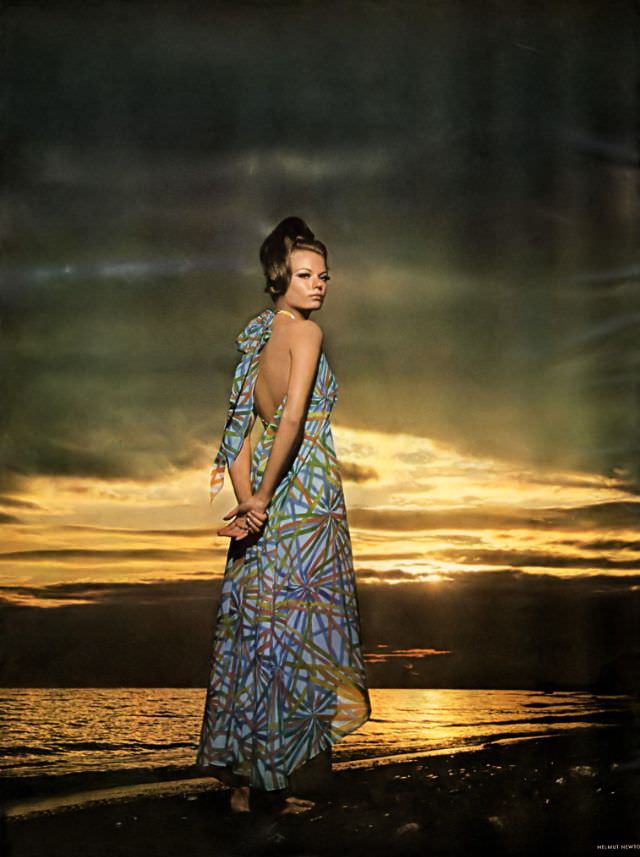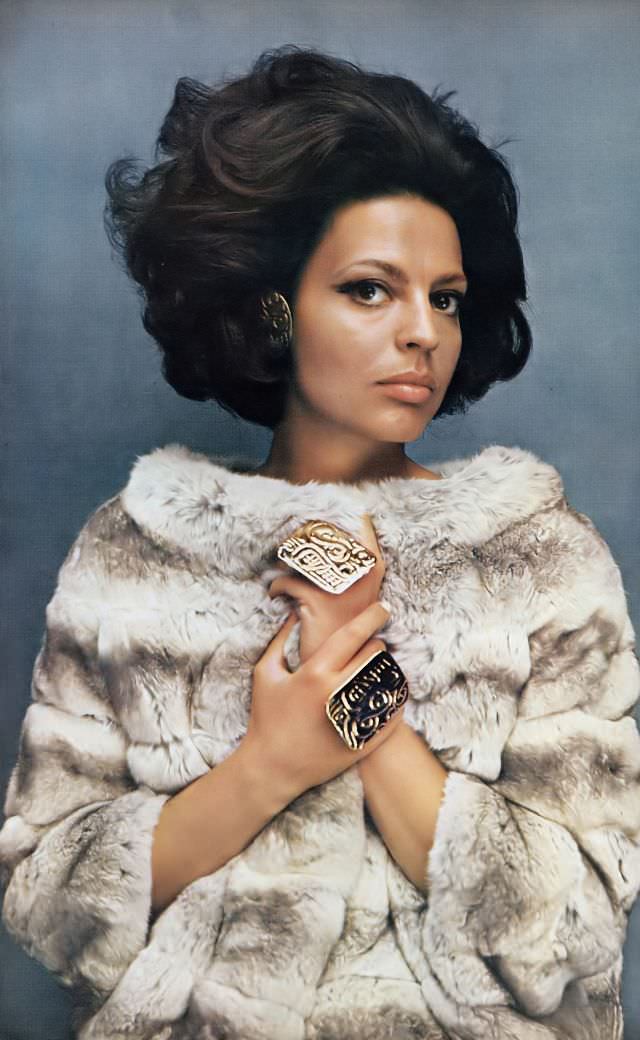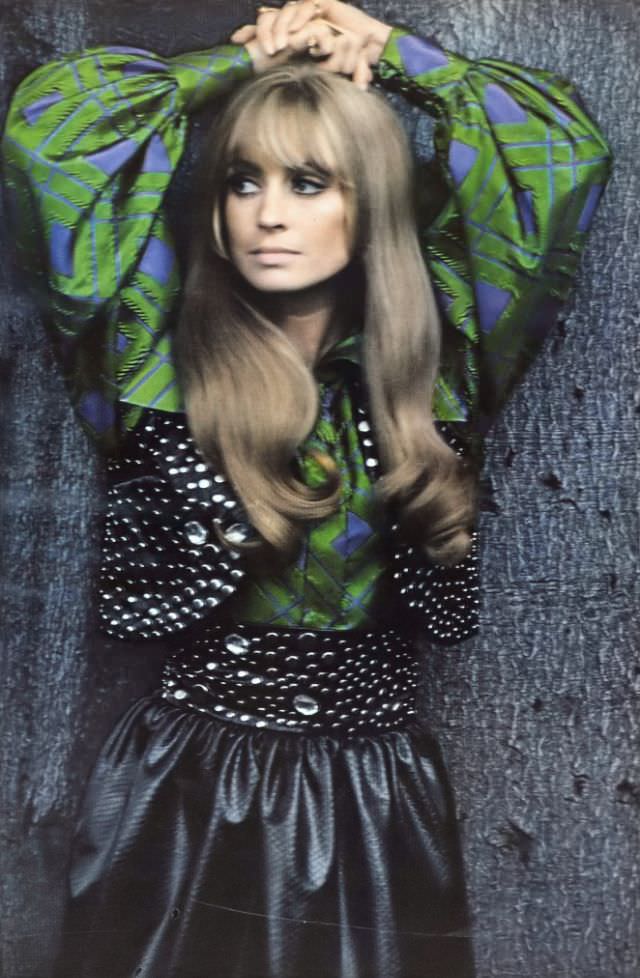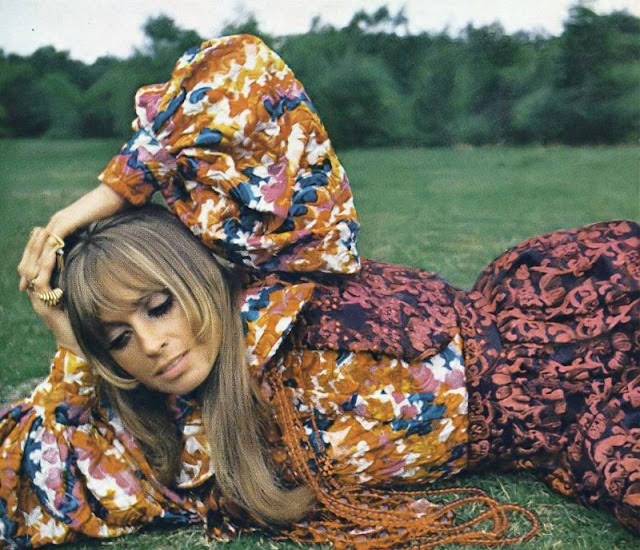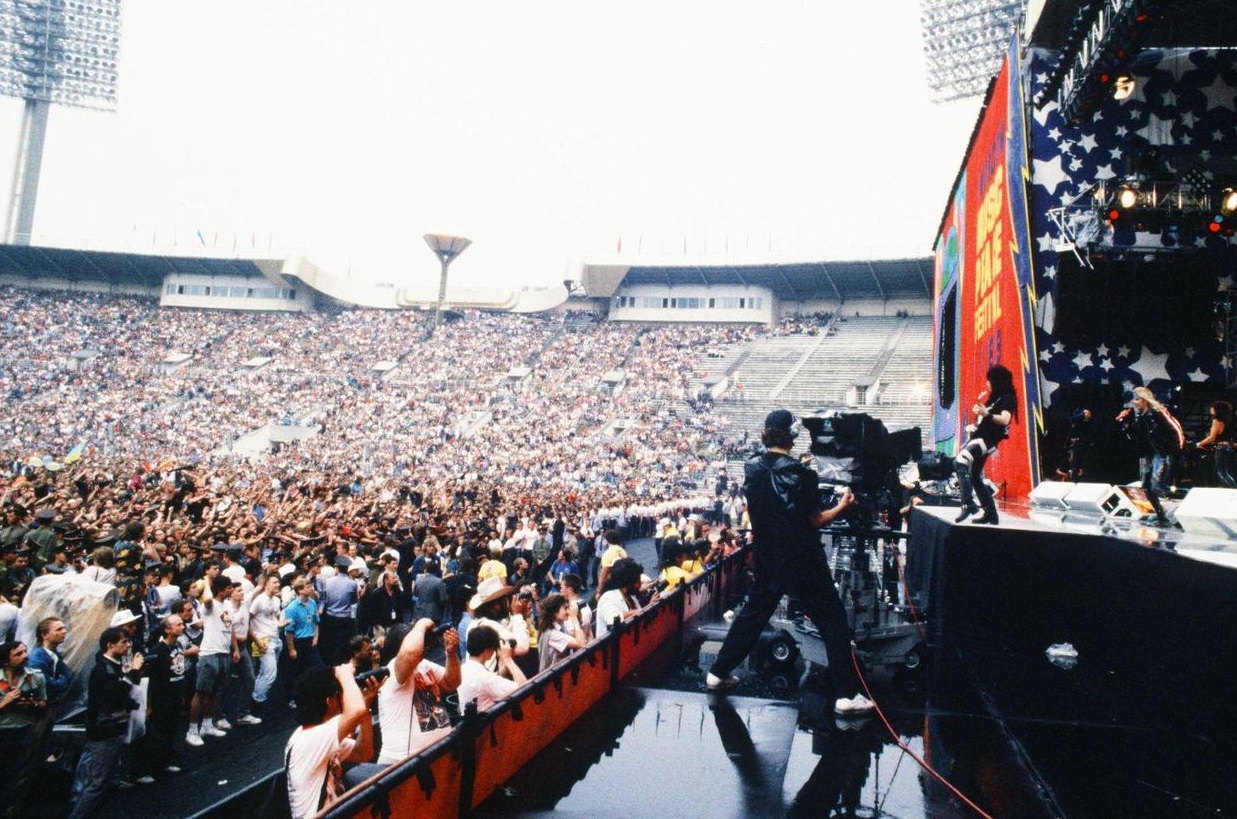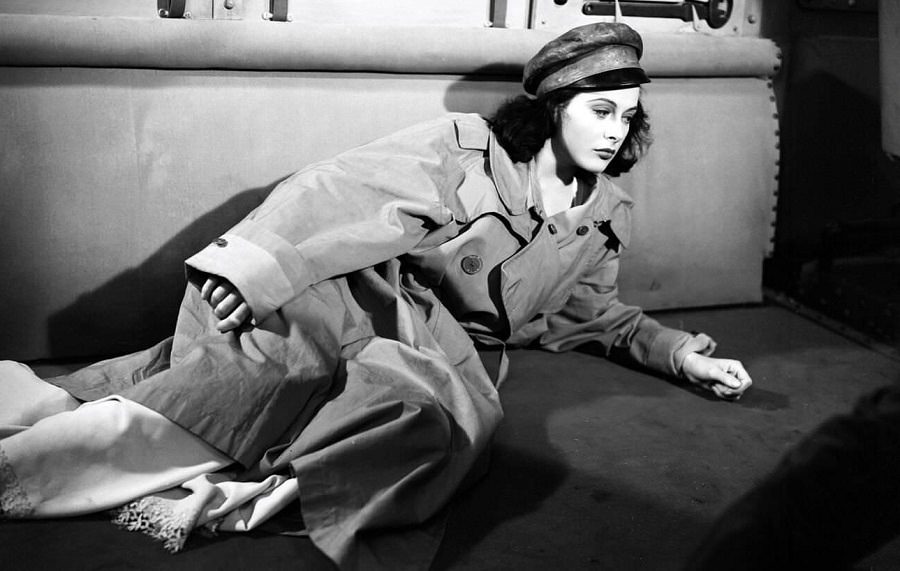Helmut Newton was a name that resonated deeply in the halls of fashion and photography, especially during the transformative decade of the 1960s. This period was marked by societal changes, and fashion was not left behind. In this milieu, Newton emerged as a groundbreaking photographer who redefined the genre with his provocative and opulent images. Let’s journey through his creative endeavors during this decade.
Helmut Newton was born Helmut Neustädter in Berlin, Germany, in 1920. After fleeing Nazi Germany, he settled in Australia and later moved to London, which became a fertile ground for honing his artistic skills. Newton initially worked for British Vogue in the late 1950s but hit his stride in the 1960s when he started working for French Vogue.
The French Vogue Era
Newton’s collaboration with French Vogue began in 1961 and continued for many years. His work there was a departure from traditional fashion photography. Rather than simply capturing clothing, Newton chose to explore the complex interplay between fashion, environment, and the human form. His provocative style combined elegance with a sense of lurking danger or voyeuristic pleasure.
The Models and Their Portrayal
During the 1960s, the image of the quintessential fashion model was undergoing changes, and Newton had a significant role in this transformation. His models were not just clotheshorses; they were strong, independent, and sometimes menacing figures. These were not just photographs but visual narratives, where the model was often portrayed as a character in an unfolding story. Newton’s models were powerful yet feminine, a deviation from the submissive or innocent figures commonly depicted before.
Technical Master
Technically, Newton was a master of lighting and composition. He favored the use of stark contrasts, deep shadows, and strong lines. He often used natural light to his advantage, enhancing the ethereal or ominous quality of his photographs. His mastery of black and white photography was particularly notable, as it added a timeless quality to his work.
Iconic Works
Some of Newton’s most memorable works from this period include his series on mannequins, which blurred the lines between the animate and the inanimate. Photographs like “Rue Aubriot” showcased his ability to transform a Parisian street into a fashion stage, with the model commanding the viewer’s attention amidst a dark and mysterious backdrop. His works often featured luxurious Parisian settings, from plush hotel rooms to the opulent streets, establishing the mood and tone of the fashion world he portrayed.
Helmut Newton’s work was not only for editorials; he also collaborated with top fashion designers of the time. His partnerships with Yves Saint Laurent, Karl Lagerfeld, and other influential designers allowed him to explore different dimensions of fashion, from haute couture to ready-to-wear, thereby solidifying his status as a versatile fashion photographer.


